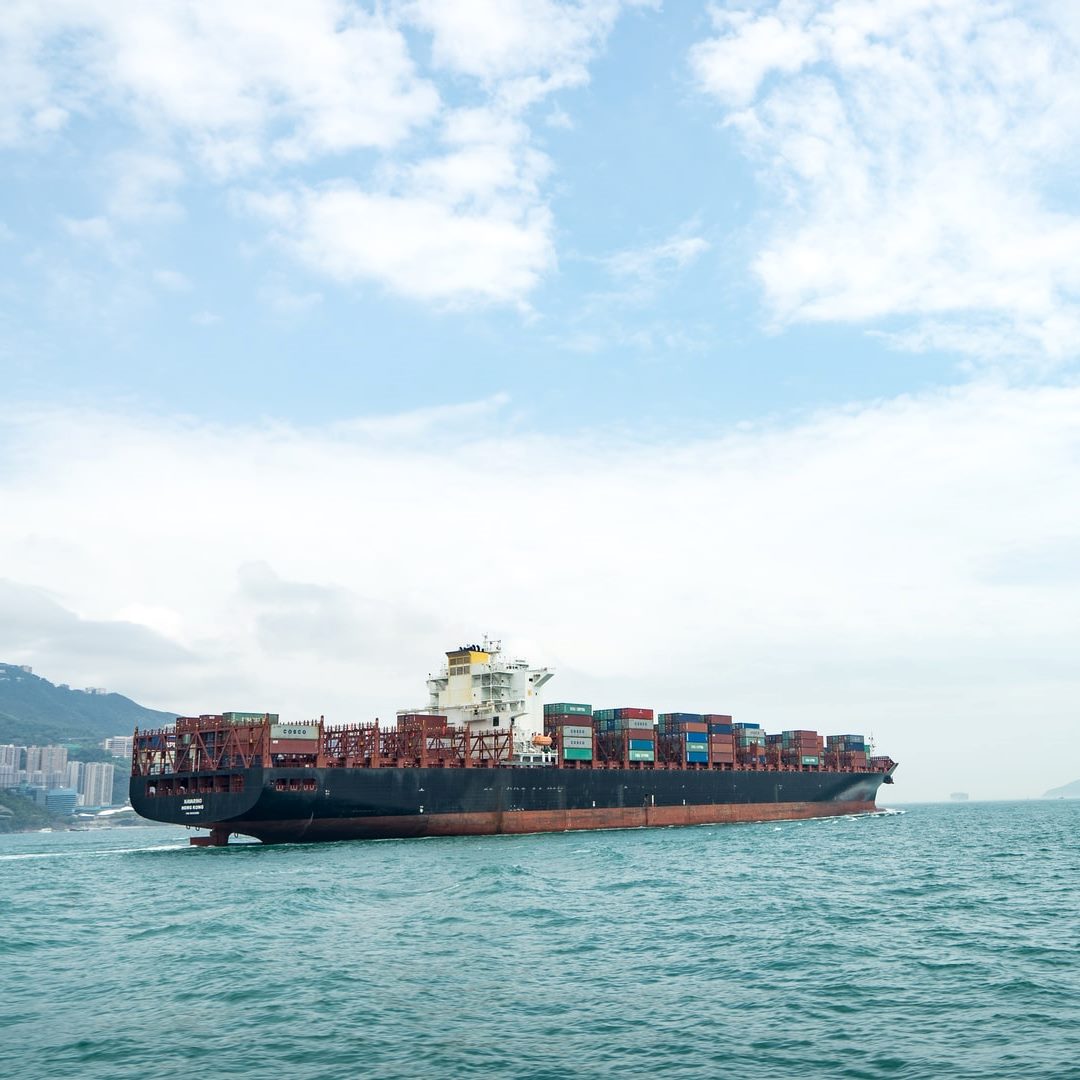
Water transport is one of the best means fine art shippers use to move bulk goods. But before the transportation occurs, it is needful to take care of packing to allow your goods to move safely to their destination. In the remaining portions of our discussion, we shall share out some of the key guidelines that will help you streamline your packaging and crating as you prepare for international or local water transport. We urge you to remain put to discover more.
– When you are dealing with liquid cargo, it is prudent to avoid filling the containers to the brim. This packaging and crating measure will allow the liquids enough room to expand as temperatures change along the way. Moreover, it is needful to take measures to protect such contents against possible spilling and leakage.
– When packing your goods for water transport, it is needful to distribute their weight evenly within the packaging crate.
– When labeling your items, you have to use waterproof ink to avoid accident erasing if the cargo contacts water.
– If you are marking the shipment for caution, then do it in English and the language of the destination country if told it uses a different language to facilitate easy handling.
– If you are packing heavy items or those with odd shapes, it is necessary to box or crate and provide them with skids. This will make handling and storage easier on the other side.
– When conducting your packaging crating for international or local water shipping, you ought to prepare ferrous surfaces with rust inhibitors to keep them safe from rusting or corroding along the way.
– Also, don’t forget to drill holes in the skid areas of huge containers and crates to enable water and condensation to drain from them easily.
– When packing, do not exceed the prescribed weight limit of your crates or containers, or you will incur extra costs.
– When packaging your items, remember to take protective measures against moisture especially if the ship will move through or land in destinations that are subject to high temperatures.
– If you ship goods regularly, it is advantageous to ship larger cargo since smaller cargo is more likely to get damaged than a bigger one.
– When packing, pack your items lightly inside the container to avoid movement that could damage your wares.
With all these insights imprinted at the back of your mind, we hope you are now better placed to up your artwork packing game for water shipping.
